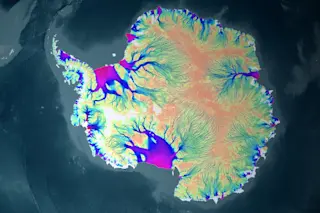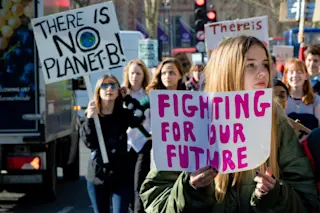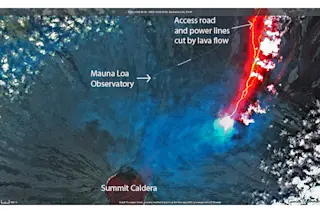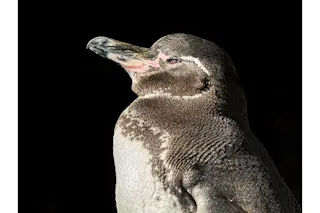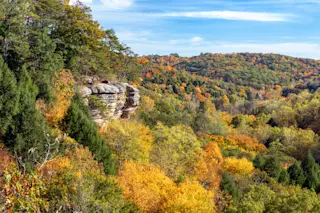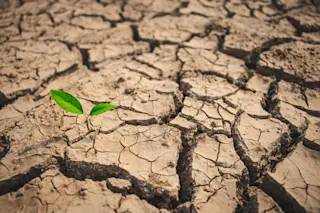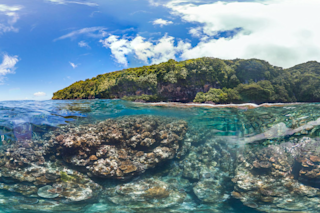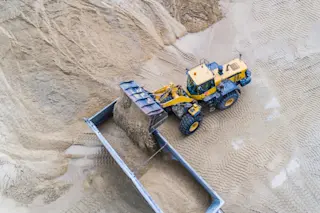Based on satellite data, this is the first complete map of the speed and direction of ice flow in the Antarctic. The lowest velocities (oranges and yellows) are about 1,000 times slower than the fastest ones (purples and reds). Click the thumbnail in the text below for a map with the major ice sheets labelled. Also: See below for an animated visualization. (Source: NASA/Goddard Space Flight Center Scientific Visualization Studio) Yesterday, I described new research suggesting that the West Antarctic Ice Sheet may be in the early stages of irreversible disintegration and melting — something that could eventually raise sea level by more than 10 feet. Today, I'd like to share the perspective of scientists who weren't involved in the research.
Wikimedia Commons In my post yesterday, I said I thought the new findings would eventually come to be seen as historic. This might seem odd, given that the research ...


